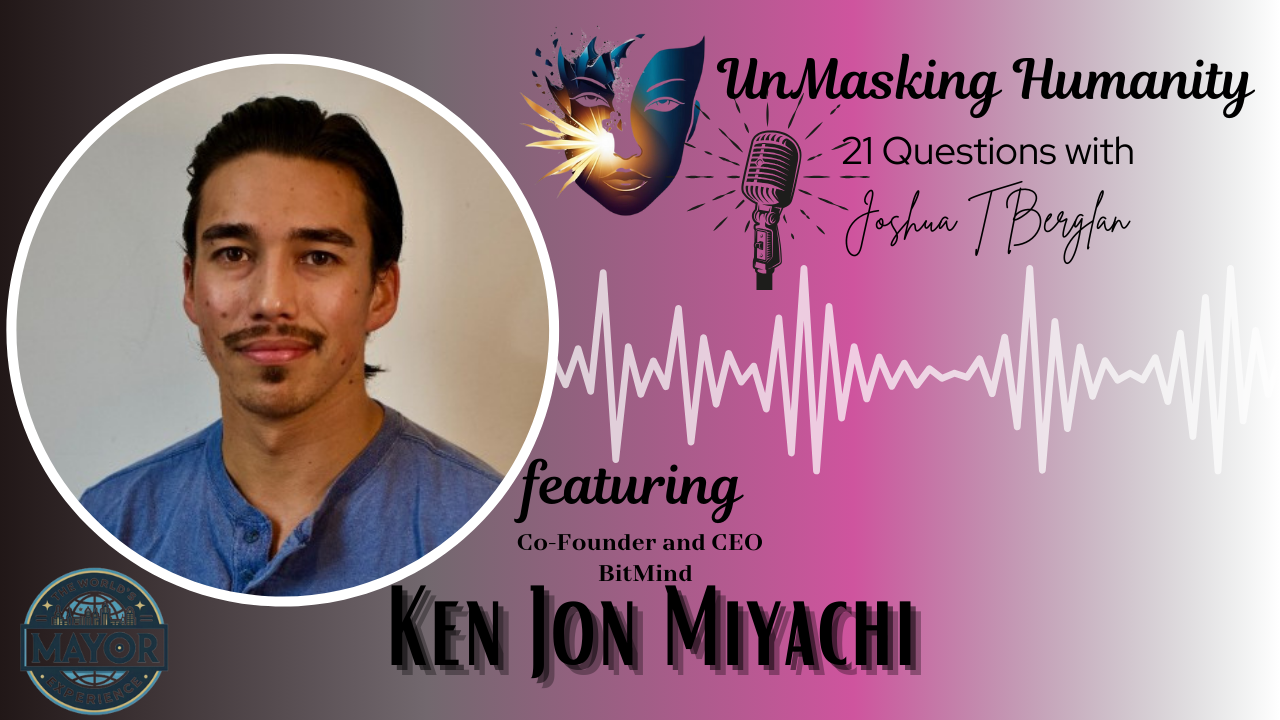Action Plan
1. Embrace Empathetic Leadership
Empathy is the cornerstone of effective leadership and a unified society. Research from the Harvard Business Review indicates that leaders who demonstrate empathy enhance employee performance and engagement (Gentry et al., 2016). By understanding and valuing the feelings and perspectives of others, we create environments where collaboration thrives.
2. Foster Inclusive Dialogue
Open communication bridges gaps between diverse groups. The Journal of Applied Communication Research emphasizes that inclusive dialogue reduces prejudices and fosters mutual understanding (Dessel & Rogge, 2008).
3. Leverage Technology for Connection, Not Division
While technology has the potential to connect us, it can also deepen divides if misused. According to the Pew Research Center , mindful use of social media can enhance social support and civic engagement (Smith & Anderson, 2018).
"Alone we can do so little; together we can do so much." — Helen Keller
"We must learn to live together as brothers or perish together as fools." — Martin Luther King Jr.
Conclusion: A Call to Unite
Our rapidly changing world doesn't have to be a fractured one. By taking deliberate, thoughtful actions, each of us can contribute to bridging divides and fostering unity. The challenges we face are significant, but so is our collective capacity to overcome them.
Unity doesn't imply uniformity; it celebrates diversity while aligning on shared values and goals. It's about creating a tapestry where each thread, unique in its hue and texture, contributes to a resilient and vibrant whole.
References
- Bandura, A. (1977). Social Learning Theory. Prentice Hall.
- Dessel, A., & Rogge, M. E. (2008). "Evaluating Intergroup Dialogue: Engaging Diversity for Personal and Social Change." Journal of Applied Communication Research , 36(4), 356-381.
- Gentry, W. A., Weber, T. J., & Sadri, G. (2016). "Empathy in the Workplace: A Tool for Effective Leadership." Harvard Business Review.
- Goleman, D. (1995). Emotional Intelligence. Bantam Books.
- Porter, M. E., & Kramer, M. R. (2006). "Strategy and Society: The Link Between Competitive Advantage and Corporate Social Responsibility." Harvard Business Review , 84(12), 78-92.
- Putnam, R. D. (2000). Bowling Alone: The Collapse and Revival of American Community. Simon & Schuster.
- Sherrod, L. R., Flanagan, C. A., & Youniss, J. (2002). "Dimensions of Citizenship and Opportunities for Youth Development: The What, Why, When, Where, and Who of Citizenship Development." Applied Developmental Science , 6(4), 264-272.
- Smith, A., & Anderson, M. (2018). "Social Media Use in 2018." Pew Research Center.
- UNESCO. (2015). "Education for All 2000-2015: Achievements and Challenges." Global Monitoring Report.
- Woolley, A. W., Chabris, C. F., Pentland, A., Hashmi, N., & Malone, T. W. (2010). "Evidence for a Collective Intelligence Factor in the Performance of Human Groups." Science , 330(6004), 686-688.























